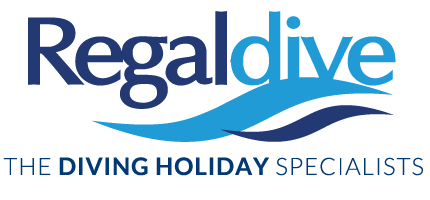- More More
- Blog
- Inspire me
- Groups
- Offers More
- Dive Courses More
- Liveaboards
More

Liveaboard Trips
On-board accommodation offering the opportunity to live right over the dive sites and to experience secluded dives...
Diving regions...
- LATEST AVAILABILITY BY REGION
- Red Sea availability
- Maldives availability
- Indonesian availability
- Socorro Mexico availability
- Galapagos availability
- ALL LIVEABOARD DIVING REGIONS
- Bahamas
- Bikini Atoll
- Caribbean
- Cocos Island
- Destinations
MoreDIVING REGIONS...
Our Top destinations....Why not try....
King Snefro - Sinai Wrecks & Reefs
A week-long diving safari starting and ending in Sharm El Sheikh concentrating on some of the best wrecks worldwide such as Dunraven, World War II wreck Thistlegorm and the ship’s graveyard of Abu Nuhas with Giannis D, Carnatic, Chrisoula K and the Kimon M.
Day 1:
Afternoon/Evening: Shared transfer to meet your vessel and embark. Welcome on board, cabin arrangement and boat–briefing. Permission work with port authority, sailing very early next morning.
Day 2 - 7:
Morning: sail to nearby Temple or Ras Katy for a check dive. Sail into the Gulf of Suez passing Yolanda Reef that is named after a 74 m long Cypriot freighter which struck the reef on the 1st of April 1980. The wreck laid partially submerged on the reef top until a storm caused it to drop. Most of the ship finally has fallen over the drop-off, leaving a huge scar in the slope between Shark and Yolanda Reef. Although, a quantity of the cargo remains for the amusement of the divers: bathtubs, toilets and bathroom fittings. Continue with the historical wrecks of Dunraven. Recovered in early 1970’s, the more than 125 years old wreck is largely intact, totally covered in corals and rich in marine life.
The most famous of the Red Sea wrecks may be even worldwide is the Thistlegorm. The wreck first gained fame when Jacques Cousteau dived it in 1956 but left the actual location a mystery until it was rediscovered in 1992. Lying upright on the seabed at 33 m, the 127 m long and 18 m wide wreck is absolutely impressive. Close to Sha’ab Ali in the early hours of 22 February 1881, the 78 m long Kingston ran aground at the northern edge of the reef that is known as Shag Rock.
Crossing the Gulf of Suez will take you to Abu Nuhas, a paradise for wreck lovers which is best known for the abundance of ancient and modern wrecks that lie here: Giannis D, Carnatic, Chrisoula K and Kimon M. All are located on the northern side of the reef, a sandy seafloor at the bottom of a steep sloping coral reef filled with table corals. The reef is very exposed to the prevailing wind and waves and was named after the oldest wreck which was carrying copper (Nuhas in Arabic). Sailing over to Gubal Island and you find the little wreck of the Barge. During the day the wide open wreck is covered in soft corals and fish life, at night it is entirely different and becomes an outstanding site. If weather permits you can dive the Ulysses or the Rosalie Moller. Only two days after the sinking of the Thistlegorm, the Rosalie Moller was also lying at anchor when hit and went down upright. The location outside of Gubal Island is extremely exposed to the sea, wind and waves. The dive is deep, bottom time is limited and visibility is lower than elsewhere so this dive is definitely only for very experienced divers.
Note: Dive Sites in the area of Gubal Island can not be dived due to an order from the military. This affects the dive sites of Ulysses, Barge, Malak and the Rosalie Moller. It is unknown how long the restriction will be in place.
In between wreck dives you will also visit some outstanding reefs at Sha’ab Mahmoud and Ras Mohammed National Park.
Day 8:
Depending on your check out and flight time, there may be another dive or just snorkeling. Return to port, disembark and transfer to airport or hotel.
A PADI Advanced Open Water Diver certification or equivalent and 20 logged dives are required for this safari. All dives, and especially some wreck dives, are subject to diver’s qualification and experience. You must have dived in the last year and recorded this in your log book to join this safari; but Scuba Reviews are available onboard.
The itinerary is an example so if you have a special wish for a certain place in this area just let your dive guide know. Liveaboard itineraries are subject to various unpredictable changes including weather conditions. All dives and especially some wreck dives are subject to divers experience and weather permitted. Liveaboard itineraries depend on Egyptian Government, Coast Guard and/or Marine Police approval. Every effort is made but we can not guarantee diving at specific sites. The final decision lies with the captain and guide. Safety always comes first!



